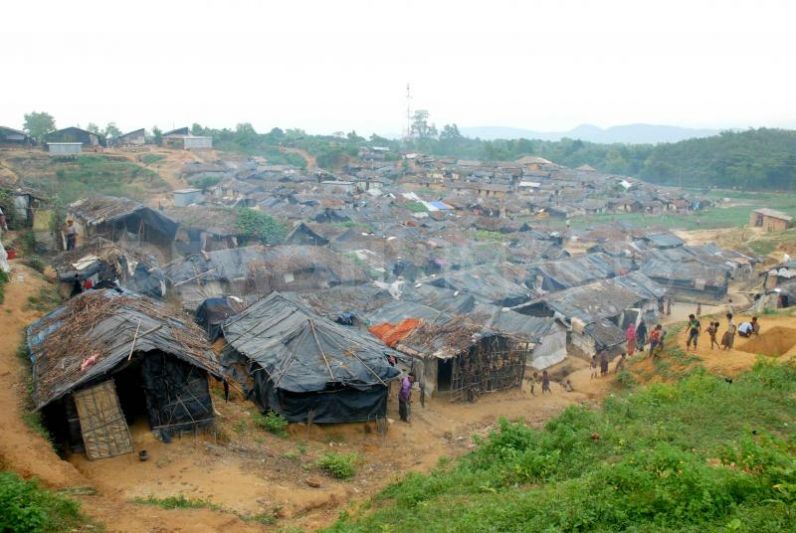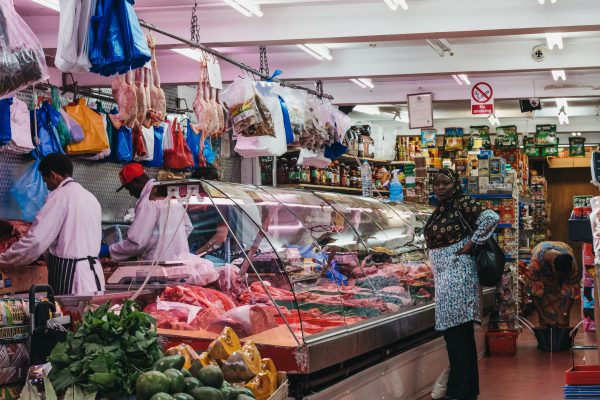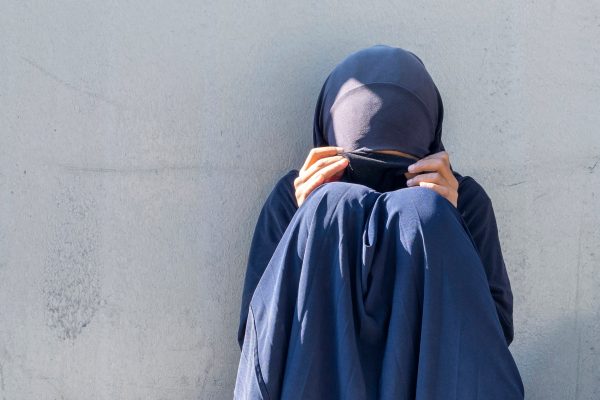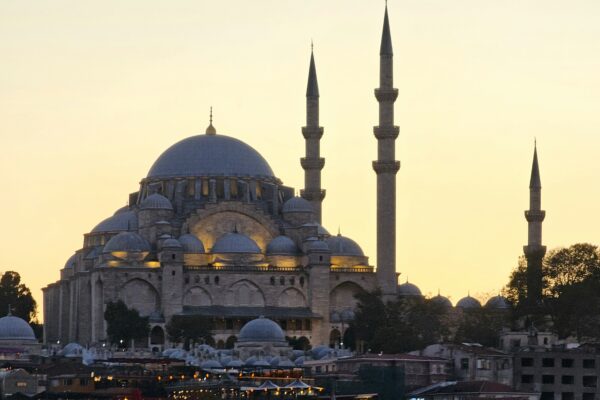In the first blog we introduced the aspirations of the series and its areas of foci. In this instalment we will consider the history of the Rohingya Muslims and the development of their plight.
Muslims have been present in the north eastern lands of the Indian Ocean since the 13th Century conquest of Bengal. How far the Muslims penetrated into Bengal in this period is unclear, however influence became predominant when the Arab world expanded its trade into the ports of Chittagong.[1] According to historian Richard M. Eaton, Bengal was the only Indian region that massively and eagerly embraced Islam, saying “Bengalis today comprise the second largest Muslim ethnic population in the world, after the Arabs.”[2]
Today, Myanmar being surrounded by India, Bangladesh, China, Laos and Thailand, is home to a variety of ethnic groups.[3] The Rohingya Muslims have a “highly complex patchwork of ethnicities” tracing their ancestry to Arab, Moors, Pathans, Moghuls, Bengalis and Indo-Mongoloid peoples. They consider themselves a distinct group of Muslims, with a language and a cultural identity endemic to their community.[4][5] While often referring to themselves as “Rakhine Muslims” the name Rohingya spread widely after Burma’s independence in 1948. Figures differ vastly as to their population in Myanmar with the UNHCR citing 800,000 while Arakan Rohingya National Organisation (ARNO) claim a presence of 2 million.[6]
The Rohingya had suffered mass murder, confiscation of their property, the removal of their civil rights and freedoms of expression, rejection and spurning from a land they sought refuge in, arbitrary denial of return to their homeland and ethnicity based inspections.
The plight of the Rohingya Muslims in its recent history is traced to World War Two. The British colonised Burma in a series of three wars beginning in 1824. During British rule, the Arakan were allowed a relative degree of local autonomy and from 1824 to 1942, there were few recorded incidents of uprisings. In 1942, Japanese forces invaded Burma and the British retreated causing a major vacuum in power and stability. Communal violence erupted between the Rakhine and Rohingya Muslims, with ensuing massacres from both sides, forcing large migration of the Rohingya into Bengal.[7] After Burma became independent in January 1948, tensions between the government and the Rohingya continued with political and armed movements. Some 13,000 Rohingya who had sought refuge in Indian and Pakistani refugee camps were kept from returning, labeled as Pakistani immigrants, having their lands and properties confiscated.[8] It was this initiation in the denial of rights as members of the Burmese state, which became the archetype for the practice of citizenship denial against the Rohingya in decades to come.
Despite their seven hundred year presence, it is in this period the true peril of the Rohingya as a stateless people formulated. From the Burmese independence, the Rohingya were excluded from nation-building. In 1962 General Ne Win systematised governmental oppression upon the Rohingya by dissolving their political and social organisations.[9] With Rohingya fleeing to Bangladesh for safety, government forces sought to eradicate them altogether from Burma, forcibly evicting thousands, with murder and rape part of the armies tools of brutality. By 1978, more than 200,000 had fled to Bangladesh.[10] Neither the Bangladeshi government nor the Burmese government wanted the Rohingya’s presence in their countries. To ensure their repatriation to Burma, the Bangladeshi government essentially starved the Rohingya in their refugee camps withholding food supplies and ignoring declining camp conditions, killing 12,000.[11]

Attempts were also made to remove their cultural identity. The 1974 Constitution recognised Araken as a state within Myanmar but renamed it Rakhine – a name with Bhuddist connotations. Similarly the historic name of the state capital, Akyab, was changed to Sittwe. Those who returned to or remained in Burma were then subjected to ‘Operation Naga Min’, to “scrutinize each individual living in the State… taking action against foreigners who have filtered into the country illegally”[12] or rather, providing the military means to ethnically cleanse Burma of the Rohingya.
In all, the Rohingya had suffered mass murder, confiscation of their property, the removal of their civil rights and freedoms of expression, rejection and spurning from a land they sought refuge in, arbitrary denial of return to their homeland and ethnicity based inspections. Or as Akbar Ahmed, Chair of Islamic Studies the American University of Washington phrased, the Rohingya were forced from “Kings to refugees.”[13]
It was the devastating Citizenship Law passed 15th October 1982 that formally denied the Rohingya citizenship in their own country, the history of which, and their plight to date will be explored in blog three, God-willing.
[1] Wink, Andre, Al-Hind: The making of the Indo-Islamic Worlds, Volume 2 The Slave Kings and the Islamic Conquest 11-13th Centuries, pg 283, E.J. Brill, 1996
[2] The Rise of Islam and the Bengal Frontier, 1204-1760 (Berkeley: University of California Press, 1993) pg 2
[3] https://bippaw.wordpress.com/2012/03/02/a-history-of-the-burmese-conflict-why-people-flee-burma/
[4] http://www.networkmyanmar.org/images/stories/PDF13/jacques-leider.pdf
[5] http://www.networkmyanmar.org/images/stories/PDF17/Leider-2014.pdf (Rohingya. The name. The movement. The quest for identity.)
[6] http://www.networkmyanmar.org/images/stories/PDF13/jl-18october2012.pdf
[7] Yegar, Moshe, The Muslims of Burma: The Study of a Minority Group, Otto Harrossowitz Publications, 1972
[8] Tinker, Hugh, The Union of Burma: A study of the first year of independence, Oxford University Press, 1957, pg 357
[9] For a history of the evolution of Rohingya political organizations see AFK Jilani, The Rohingyas of Arakan: Their Quest for Justice, Dhaka, 1999.
[10] Martin Smith, Burma: Insurgency and the Politics of Ethnicity, Zed Books, 1991, p. 241.
[11] Linquist, Alan, Report on the 1978-1979 Bangladesh refugee relief operation, June 1979 Bangladesh refugee relief operation, June 1979, available at: http://www.burmalibrary.org/docs/LINDQUIST_REPORT.htm
[12] http://www.rsc.ox.ac.uk/files/publications/other/dp-children-armed-conflict-rohingya.pdf
[13] http://www.aljazeera.com/indepth/opinion/2012/01/201212710543198527.html





